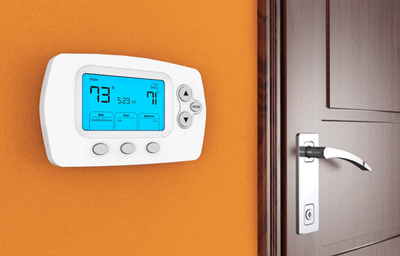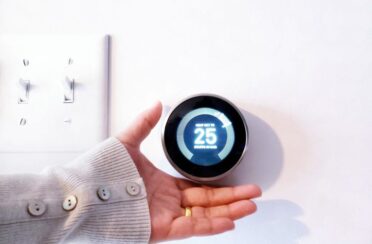 With the Calgary summer approaching, you’ll want to have your A/C on to keep your home cool. But when you adjust your thermostat, “on” isn’t the only option – you can also set your thermostat setting to “auto”. What’s the difference? And which one should you use? The answer is that you can use either one – so long as you know what you’re using it for. (Here’s a hint: it refers to the fan, rather than your central air conditioner as a whole.)
With the Calgary summer approaching, you’ll want to have your A/C on to keep your home cool. But when you adjust your thermostat, “on” isn’t the only option – you can also set your thermostat setting to “auto”. What’s the difference? And which one should you use? The answer is that you can use either one – so long as you know what you’re using it for. (Here’s a hint: it refers to the fan, rather than your central air conditioner as a whole.)
“Auto”
Except on the hottest of days, your air conditioner doesn’t usually run constantly. Instead it will power on when your home gets too warm, run until it’s brought the temperature down below a given set point, and then turn off to let the home’s temperature slowly creep up again. On its “auto” setting, the fan is only running when the A/C is actively cooling your home.
The fan’s job is to push air through your home, delivering it to all your living areas and pulling air in to be cooled. But it also produces noise, which can be distracting – and a slight breeze, which may or may not be desirable. For example, the motion of air through your home may kick up dust, or cause papers to flutter. If this is the case, you may only want the fan working when it’s time to cool the space off.
“On”
On the other hand, having the fan running continually does have a plus side. If you have an air cleaner, humidifier, or dehumidifier, it can only benefit you while air is traveling through it – which only happens when the fan is running. And the slight cooling effect of moving air may be beneficial in its own right.
However, running a fan continually means more wear and tear on the fan itself, as well as a higher energy cost to keep it in motion. And air filters tend to clog up more quickly, the more they’re used.
If you’ve got questions about your thermostat setting, or about other HVAC topics, call us at Arpi’s Industries!
Credit/Copyright Attribution: “doomu/Shutterstock”


